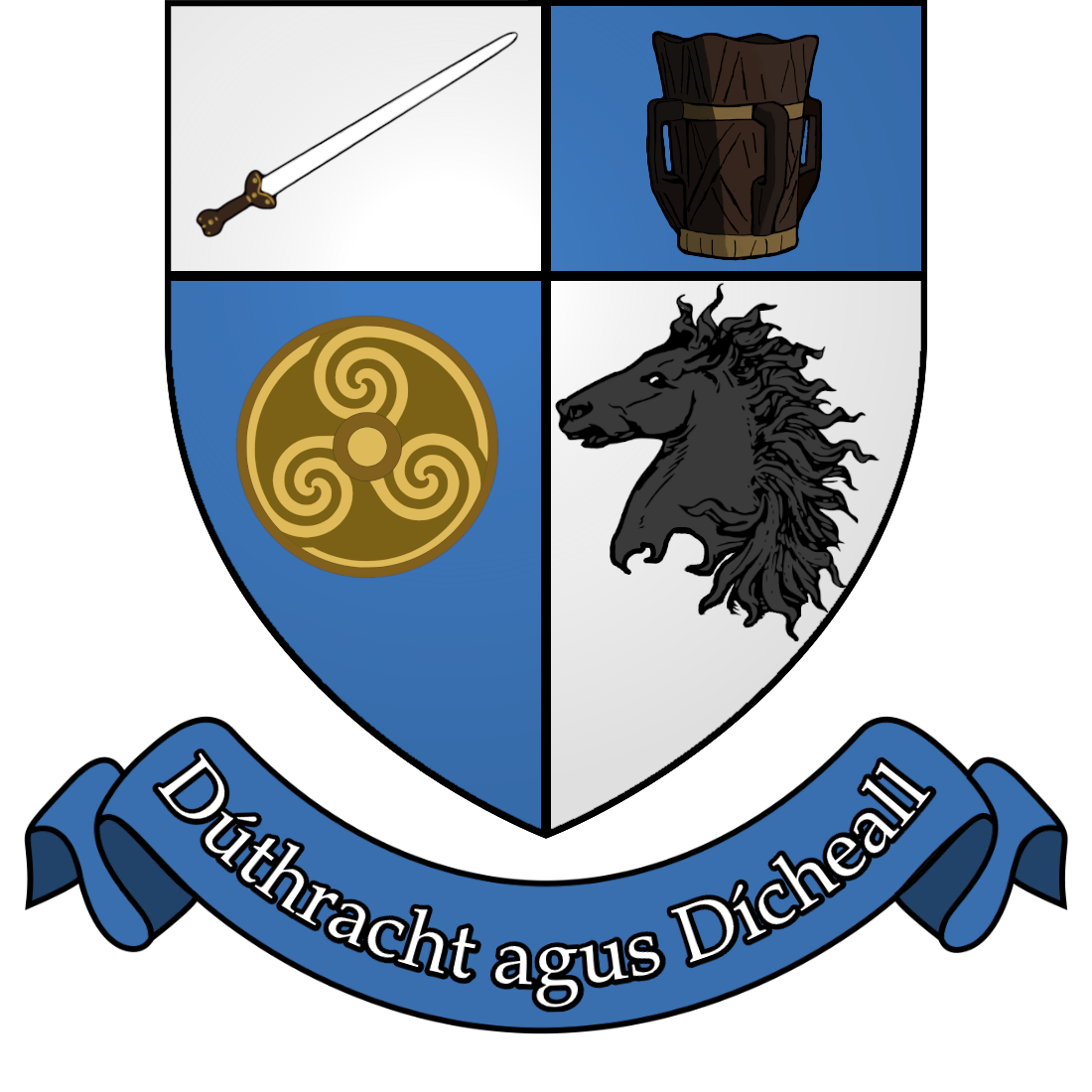Foundation and development
Carrickmacross is a market town which developed around a castle built by the Earl of Essex in 1630. The Convent of St Louis now stands on the original castle site, as the castle itself was destroyed in the late 17th century during the Williamite Wars.
The town developed further as a market town during the 18th century, and a number of large municipal and religious buildings were built to serve the growing population during the 19th century. The town experienced population decline in mid- to late-19th century, during the Great Famine, with the population decreasing from 2,063 in 1861 to 1,779 inhabitants by 1891. The town's Poor Law Union Workhouse and Fever Hospital were built in this period - the latter later becoming the offices of the Urban District Council which was originally formed in 1899.
Built heritage
Among the historic buildings in the town is the Roman Catholic church which was completed in 1866 and is dedicated to Saint Joseph. It contains ten stained-glass windows which were designed by the artist Harry Clarke in 1925. The town's Church of Ireland church, dedicated to Saint Finbarr, is older, and was built c.1770 before being remodelled c.1845.
Magheross Church, located on the outskirts of the town, is also of historical interest, and originally dates from c.1550. Other notable buildings include the Carrickmacross Courthouse (built in 1837) and the restored Poor Law Union Workhouse (built in 1841).
The grave of Patrick Byrne (1794–1863), the last major exponent of the Gaelic harp and the first Irish traditional musician ever photographed, is in the area.
Luftwaffe attack
Although Ireland was neutral during World War Two, there were some incidents during the period. On 20 December 1940, as well as two bombs falling on Sandycove in Dublin, two more fell on Shantonagh near Carrickmacross, causing minor damage to house property.
Carrickmacross railway station opened on 31 July 1886, the terminus of a branch from the Dundalk–Enniskillen line at Inniskeen. The station, and the branch, closed to passengers on 10 March 1947, but remained open for goods traffic until final closure on 1 January 1960.
Primary schools
There are three primary schools in Carrickmacross:
St. Joseph's Boys National School, situated near St. Macartan's Villas, is an all-boys national school which was previously run by the Patrician Brothers.
Bunscoil Lughaidh Naofa, which is in Cloughvalley, is an all-girls school, was run by the St. Louis nuns who came to Carrickmacross in 1888.
Scoil Rois is a Gaelscoil (an Irish language-medium school) in Carrickmacross. It is a mixed school that, having moved from the Convent Avenue, now occupies newer premises built across from Bunscoil Lughaidh Naofa.
Secondary schools
The Patrician High School (or PHS) is one of three secondary schools in Carrickmacross. It was set up by the Patrician Brothers, and was previously situated next to the Church on O'Neills street; that building is now the Scout Hall. It moved to Rockdaniel Road in 1970, and a new extension was opened in 2007. As of 2015 it had approximately 500 pupils enrolled.
Inver College, called the TEC by students and townspeople due to its being a technological school, is a mixed school situated on the Castleblayney Road. As of 2019, it had approximately 320 students enrolled. Inver College won the U16 VEC GAA County Championship for the second consecutive year in January 2011.
St. Louis Convent is an all-girls secondary school set up by the St. Louis nuns in the 19th century. There were approximately 570 pupils enrolled in the school as of 2017. The school was set up in honour of St. Louis (Louis IX of France). The motto of the school is Ut Sint Unum, Latin for 'that they may be one'. The school is situated on the Convent Avenue.
Carrickmacross town council elects 9 members and is responsible for the provision of local services. At the last local elections in 2009 three members were elected from Fine Gael and two each from Sinn Féin, Fianna Fáil and the Green Party. It forms part of the five-seat Carrickmacross Local Electoral Area for elections for Monaghan County Council.
In February 2010, the town council voted 5:4 to remove a page signed by the Israeli ambassador from the town's visitors' book in response to the illegal use of Irish passports by agents of Mossad in the assassination of Mahmoud al-Mabhouh.





